Serving The Wasatch Front Area
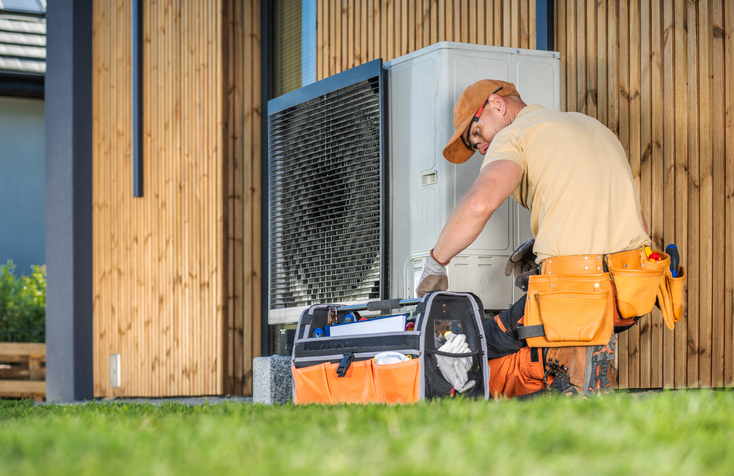
Common Home Heating, Furnace Repair & Replacement Myths
February 7, 2025
By Brandon Schramm, Service Manager at Comfort Solutions
Believing in heating myths can lead to poor decisions about furnace repair, replacement, and overall efficient heating. These misconceptions may cause higher energy costs. They can also create the need for unnecessary repairs and reduce your system’s lifespan.
Understanding the truth about furnace maintenance can save you money while keeping you comfortable. Below, we’ll tackle common myths about furnace size, thermostat use, and other aspects of heating systems so that you can make the best choices.
Furnace & Heating System Myths
Misinformation about furnace repair and furnace replacement can create avoidable headaches for homeowners. Believing in heating myths like “bigger is better” or “turning up the thermostat heats faster” can lead to higher energy bills. It also leads to unnecessary wear on your system.
The truth about efficient heating lies in proper system sizing, thermostat use, and regular furnace maintenance. Let’s uncover the myths that cost you money and explain how to keep your home warm and energy-efficient.
A Bigger Furnace Isn’t Always Better
Many believe that a larger furnace will provide better heat. This heating myth is one of the most damaging. An oversized furnace can lead to uneven temperatures and a process called short cycling. This means the furnace frequently starts and stops, causing unnecessary wear and tear. Short cycling can reduce the system’s lifespan and increase your energy bills.
Proper furnace maintenance and choosing a furnace sized for your home’s square footage and energy needs are critical for efficient heating. Consult a professional for an appropriate furnace replacement or repair if you think yours is too large or too small.
Turning Up the Thermostat Won’t Heat Your Home Faster
One of the most common heating myths is that raising your thermostat will heat your home faster. In reality, furnaces function at a specific speed. Setting a higher temperature just forces the system to run longer. As a result, your system suffers unnecessary strain. It puts you right on the path towards a costly furnace repair.
Aim for a thermostat setting of 68 degrees Fahrenheit during winter to maintain efficient heating. If you still feel chilly, contact a professional to inspect your furnace or address issues like air filter replacement.
Consistent Temperatures Don’t Always Reduce Heating Costs
It may seem logical that maintaining a consistent temperature would lower costs. However, this is another common heating myth. The key to efficient heating is using a programmable thermostat to adjust temperatures based on your schedule.
Lowering the temperature by 7-10 degrees for eight hours a day can save up to 10% annually on heating costs. Failing to program your thermostat or neglecting furnace maintenance can undermine these savings. Schedule furnace repairs or maintenance regularly to ensure your system runs well year-round.
Airflow and Ventilation Myths
Airflow and ventilation are critical for efficient heating and a well-functioning gas furnace. Heating myths about how to improve airflow can lead to costly mistakes. These include blocking vents or neglecting furnace filters.
Poor airflow reduces your furnace’s efficiency and shortens its lifespan. Let’s address common misconceptions about ventilation and the importance of routine furnace maintenance, including air filter replacement.
Closing Vents Harms Efficiency
One of the most common heating myths is that closing vents in unused rooms improves efficiency. Closing vents disrupts your furnace’s airflow, causing pressure imbalances in the ductwork. As a result, the system has to work harder, leading to higher energy bills.
Also, improper airflow may cause hot and cold spots, making your home less comfortable. Leave vents open and clear of obstruction to achieve efficient heating. Schedule regular furnace maintenance to ensure your system is at its best.
Changing Air Filters Once a Year is Enough
Neglecting furnace filters is a mistake that can cost you in energy efficiency and repairs. Some homeowners believe air filter replacement is only necessary once a year. Most gas furnaces require filter changes every one to three months, depending on usage and filter type. A clogged filter restricts airflow, making your furnace work harder. It can also cause overheating or system malfunctions.
Check and replace furnace filters regularly to protect your furnace and improve indoor air quality for efficient heating. If you’re unsure how often to replace your filter, consult a professional during your next furnace maintenance visit.
Space Heating and Fireplace Myths
Many homeowners turn to space heaters and traditional fireplaces as alternative heating options. Relying on these methods as primary heat sources often stems from heating myths that increase your energy costs and reduce efficiency.
Space heaters and fireplaces can provide supplemental warmth. However, they should not replace a properly sized and maintained gas furnace. Below, we’ll debunk common myths about these heating methods and discuss how to optimize your home’s heating efficiency.
Traditional Fireplaces Are an Efficient Source of Heat
Although traditional fireplaces create a cozy atmosphere, they are not an efficient way to heat your home. Most of the heat from a fireplace escapes through the chimney, making it a poor substitute for a gas furnace or modern heating system. Using a fireplace as a primary heat source can cause uneven temperatures and increase energy waste.
Space Heaters Are a Cost-Effective Source of Heat
Another common heating myth is that space heaters are a cost-effective way to heat your home. While a space heater can save money in small, isolated areas, it is not a good solution for heating your entire home. Running multiple space heaters can increase your electricity bills, and they often surpass the cost of using a properly maintained gas furnace.
If you need multiple space heaters, first ensure your furnace is the right size and well-maintained. Locking in these two factors should eliminate your need for multiple space heaters. Use space heaters sparingly and only in small spaces that don’t require constant heating.
Focus on maintaining your home’s central heating system for efficient heating. Also, ensure you have the proper furnace size and seal air leaks. If you enjoy using a fireplace, consider installing glass doors or a heat exchanger to retain more warmth while reducing heat loss.
Furnace Maintenance and Replacement Myths
Proper furnace maintenance ensures long-term performance and efficient heating. Many homeowners fall victim to heating myths. They believe they can skip regular upkeep or wait until their system fails. Neglecting your system can lead to costly repairs and energy waste. Let’s address these misconceptions and highlight the importance of proactive care.
Regular Maintenance Isn’t Necessary
One of the most harmful heating myths is that you can skip regular furnace maintenance. Over time, dirt buildup and clogged furnace filters can strain your system. This strain reduces efficiency and leads to breakdowns.
Neglecting routine care can also shorten the lifespan of your gas furnace. As a result, you might need a furnace replacement sooner than expected. Regular maintenance and professional inspections ensure efficient heating and prevent costly repairs.
You Only Need to Replace Your Furnace When It Breaks Down
Waiting until your system fails to consider a furnace replacement is a mistake. An outdated or improperly sized gas furnace costs you more in energy bills and repairs. Also, older systems often lack modern efficiency features. You could be losing money and comfort every month.
It’s important to monitor your furnace’s performance and lifespan. If it requires repairs or struggles to heat your home, consult a professional about replacing it with the right size.
Modern Technology and Smart Thermostats
Advancements in home heating technology have made smart thermostats and programmable thermostats more popular. However, misconceptions about their value and usage prevent many homeowners from fully benefiting from these devices.
Heating myths suggest that these thermostats aren’t worth the investment. The truth is that they can reduce energy costs and improve comfort when used correctly. Below, we’ll debunk myths about smart thermostats and explain how they contribute to energy-efficient homes.
Smart Thermostats Aren’t Worth the Investment
One persistent myth is that smart thermostats don’t provide enough value to justify costs. These devices are designed to enhance efficient heating by learning your habits. They will also automatically adjust temperatures based on your schedule.
Features like remote control via smartphone apps make optimizing your heating system and reducing energy waste easier. Even a basic programmable thermostat can save you up to 10% annually on heating bills. Combined with regular furnace maintenance, smart and programmable thermostats are a valuable investment in comfort and energy efficiency.
Recent News
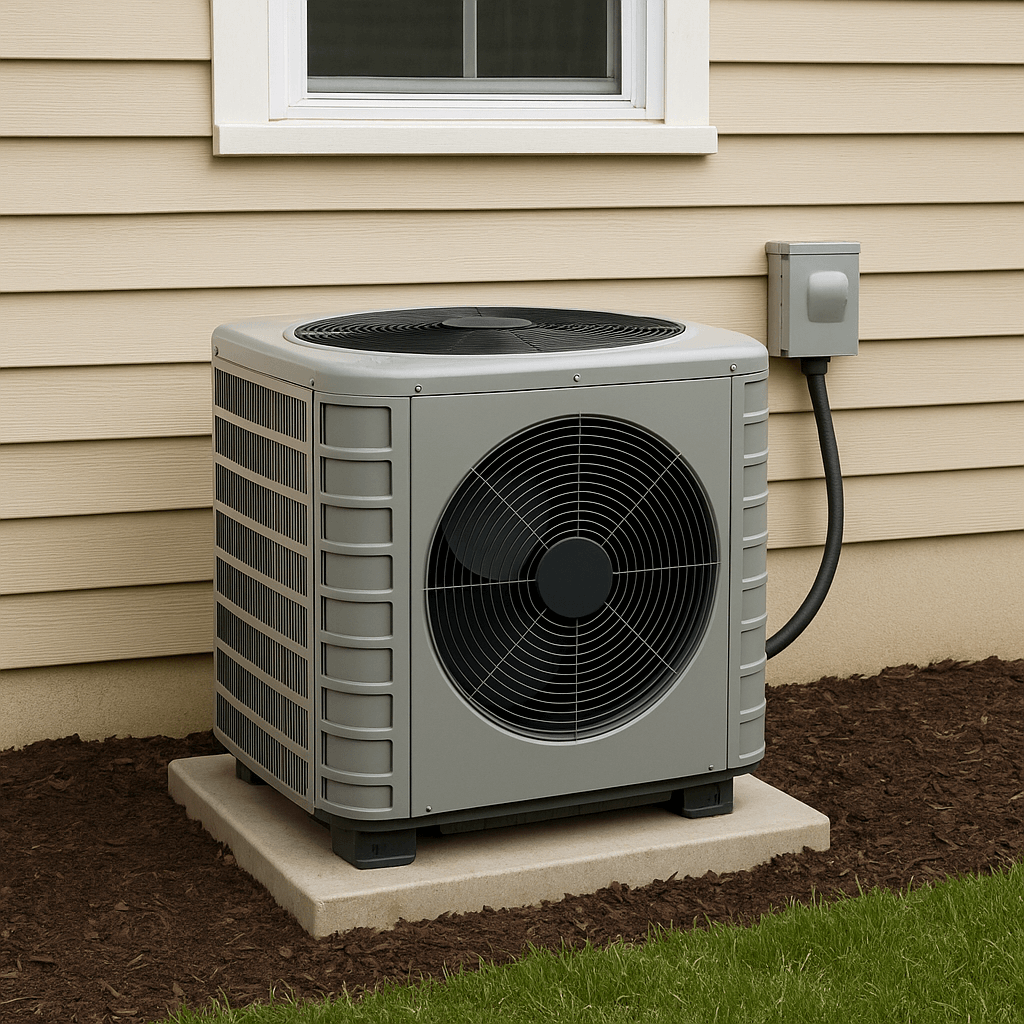
Common Air Conditioner Mistakes That Can Cause You Problems
May 29, 2025

How to Stay Cool During the Summer Heat
April 21, 2025
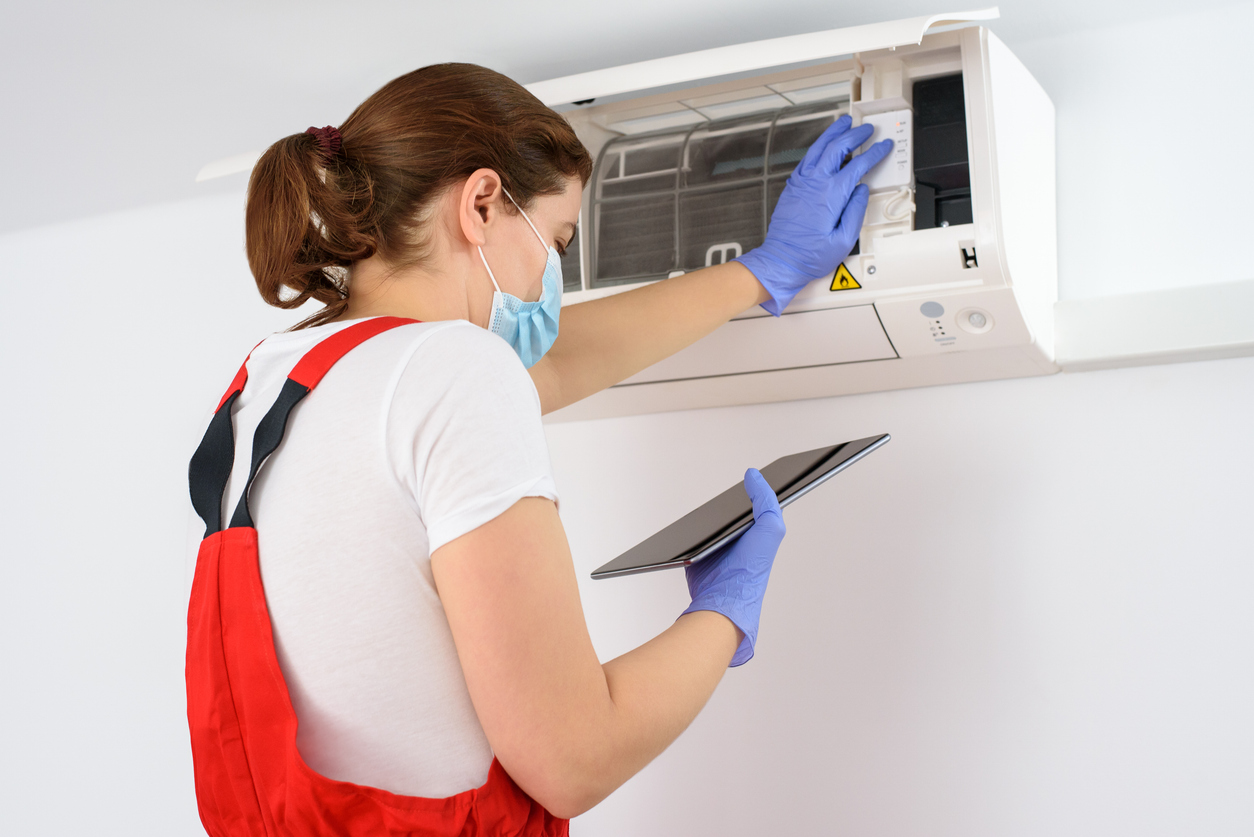
When to Upgrade Your AC Systems: Benefits & More
February 25, 2025

Why Remote Workers Should Upgrade Their HVAC
February 10, 2025
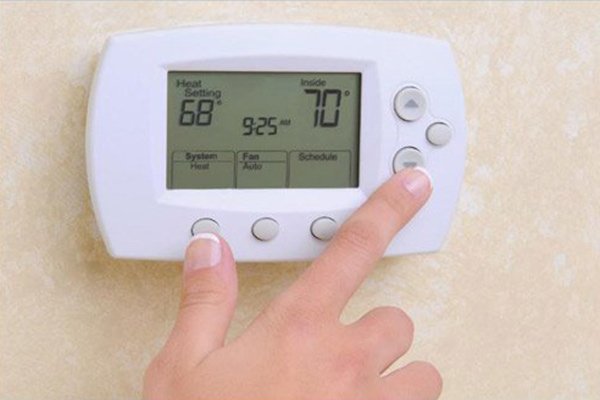
Keep Your Fireplace and HVAC Systems Running Strong All Winter
December 6, 2024
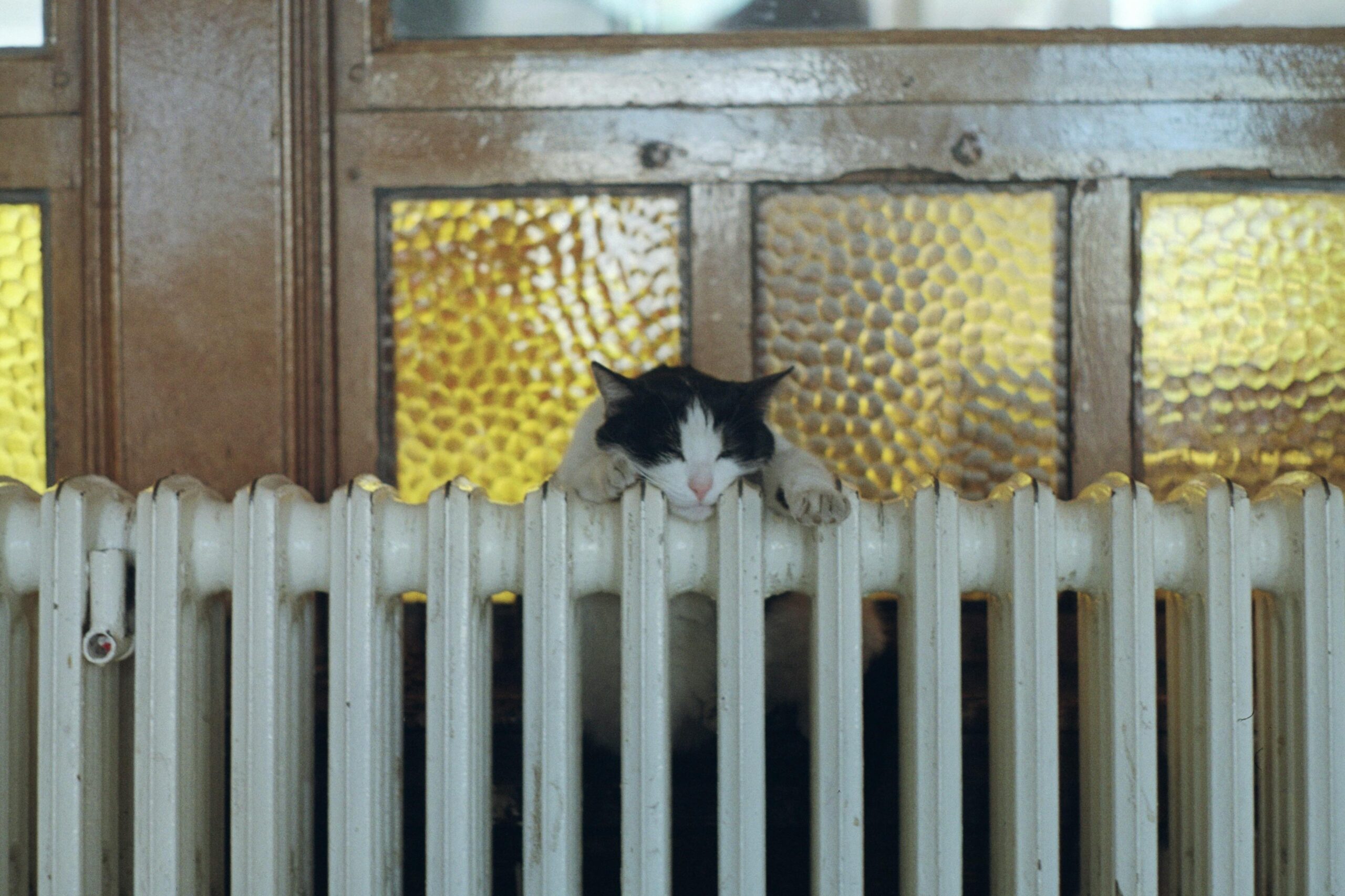
Your Comprehensive Heating Guide: Installation, Repair, Efficiency & More
September 18, 2024

